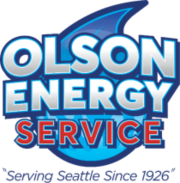-
Spotlight on Duct Cleaning Services
Are you interested in increasing the quality of your home’s indoor air? If so, then consider services for air duct cleaning near Seattle. If you have central air, then your air conditioner and heater use ductwork to transport conditioned air throughout your home. Over time, buildup can occur within the ducts, or damage to their structure can allow for dirt and moisture to enter the system and lead to mold growth.
If your ducts have mold, dirt, and other debris in them, the particles and spores might be getting pushed into the rooms of your home every time that the system runs. This can lead to reduced indoor air quality caused by air pollutants and allergens.
Having an air conditioner and heater service come to clean out the ducts has the potential to increase your home’s indoor air quality. When the air in your home is cleaner, this can help keep your family healthier and reduce any symptoms that they are experiencing which are related to dust, allergen, or mold exposure. Additionally, cleaner ducts can mean better HVAC efficiency and a longer lifespan for the system.
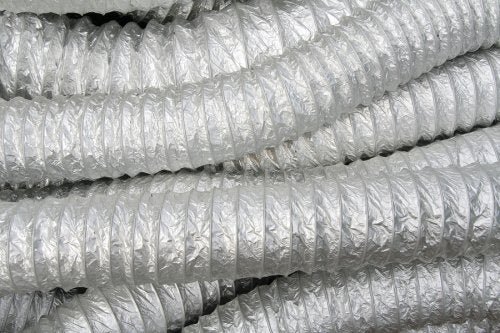
-
Could Your Home Benefit from HVAC Zones?
Your home’s air conditioner and heat pump play a major role in keeping your family comfortable, but their function can account for a significant amount of your household’s energy usage. Are you looking for ways to get more out of your HVAC near Seattle ? If so, then you may benefit from HVAC zones.
Watch this video to understand the role of zones when it comes to cooling and warming your home. Some rooms in the home are naturally warmer or cooler than others. However, employing an HVAC zoning system can allow the unit to heat and cool your home more evenly. Also, a zoning system can be used to send conditioned air to specific areas of the home when others aren’t in use.
-
A Look at Tankless Water Heaters
You have to heat your water somehow, but some methods are much more efficient than others. Standard water heaters can be the right choice in certain situations, but you should also consider the advantages of a tankless water heater in Seattle . This type of heating appliance is convenient, energy-efficient, and inexpensive to operate. If you are in the market for a new water heater, feel free to read on and take a look at tankless water heaters.
If you live in a small space, care about energy-efficiency, and would like to save money on your bills, a tankless water heater may be the way to go. Since this type of water heater does not depend on a large reserve of water, it is much easier to fit one into living spaces of all sizes. The lack of tank also means there is no standby heat loss, which increases the overall efficiency of your water heater and your home. A tankless water heater will heat up your water on the spot, so there is little-to-no waste. This will reduce the cost of your energy bills, allowing you to save money and enjoy a more convenient and efficient household.
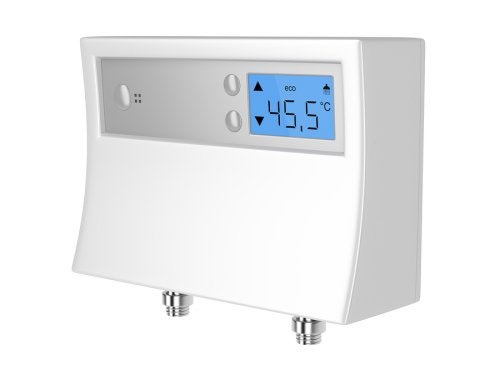
-
Be Proactive with Air Conditioner Maintenance
The better you take care of your air conditioner serving Seattle , the longer it will last and the more efficient it will be for your home. Chances are you won’t notice any problems with your air conditioner during the winter, so you should check it out before the heat sets in so you have time to make any necessary repairs. You can also talk to your HVAC team for professional service and maintenance, but you should still take care of certain aspects on your own. Continue on and be proactive with your air conditioner maintenance.
Check it out early.
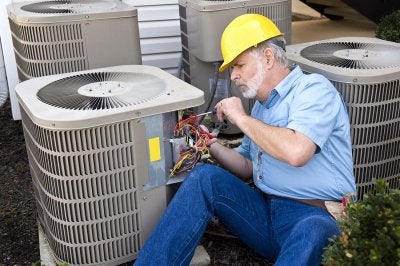
You probably only use your air conditioner for half of the year or less, but it might not be perfectly safe in storage. It’s a good idea to check your unit out before the warm weather fully comes rolling through; if you do find some sort of problem, you will have time to address it before you need it. The last thing you want is to set your air conditioner up on a hot day only to find that it has a serious malfunction and must be repaired or replaced if you want relief from the heat. If you were having trouble with your air conditioner before you packed it up for the season, you must take a look earlier rather than later.Schedule maintenance services.
You’re not alone when it comes to air conditioner maintenance. Professional air conditioner contractors are happy to help you keep your air conditioner in top shape for as long as possible. Talk to your HVAC specialist about an air conditioner maintenance schedule and make sure you stick to it so you can enjoy a cool, comfortable, and affordable summer.
Change your filters.
Working with the pros is a great idea, but there are ways you can take care of your air conditioner on your own as well. Make sure you change the air filters whenever they get dirty; this can increase the efficiency of your unit as well as improve your indoor air quality.
-
Signs a Heat Pump Is Right for Your Home
When you start thinking about heating and cooling appliances for your home, make sure you don’t overlook the benefits that a heat pump near Seattle can offer. Keep in mind, however, that not every home is a suitable candidate for a heat pump. If yours qualifies, this option can help you save energy and money as well as handle both heating and cooling. Keep reading to learn about a few signs that a heat pump is right for your home.
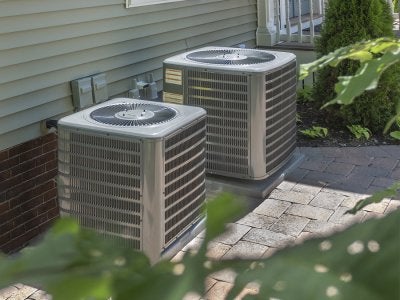
You live in the right environment.
The purpose of a heat pump is to transfer heat from one location to another; however, you will need a source of heat in order to move it elsewhere. Although this type of heating and cooling unit does rely on electricity to some extent, it primarily uses the surrounding environment. If you have extensive heating or cooling needs that the outdoor environment cannot help satisfy, you might want to choose another system. If your needs are on the moderate side and you live in the right area, however, a heat pump can be a great way to save energy.
You want to save energy.
Most heating and cooling appliances will generate heat or cool generated air. For this reason, HVAC appliances often account for a substantial amount of the energy that your household consumes. Heat pumps are unlike these alternatives because they only do a very small amount of heating; the rest of the process involves moving the air around instead. This can cut your energy bills down by a wide margin, which allows you to use your funds for other pressing purposes. A heat pump is also an environmentally-friendly choice in this way, making it great for those who are trying to go green.
You’re looking for versatile equipment.
If you are looking for a piece of equipment that can heat and cool your home rather than one or the other, a heat pump may be right for you. You can use this appliance all year long to efficiently and effectively keep your indoor air at a comfortable temperature for your family.
-
How to Get Your Home’s Temperature Right?
A quality air conditioner serving Seattle may be just what you need to get through the summer comfortably, but it could be difficult to keep the temperature consistent between your upper and lower floors. It is possible to achieve the right temperature throughout the house, but you might need the help of an HVAC professional . Watch this video clip on how to get your home’s air conditioner temperature right.
Many people struggle to keep the temperature even throughout their houses, and this is often due to the location of the thermostat. If your thermostat is on the ground floor, it will base its information off of nearby readings. You can keep your heating and cooling systems running by switching the fan to the “on” position. You could also talk to your air conditioner and HVAC professional about a zone system, which consists of adding a second thermostat to your upper level for better temperature control.
“”
-
The Benefits of a New Air Conditioner
The function and efficiency of your home’s HVAC unit can significantly affect your family’s comfort, as well as the cost of your monthly energy bill. If you’re not completely satisfied with your AC’s performance, then you may benefit from investing in a new air conditioner serving Seattle.
New air conditioners can increase the comfort that you enjoy while indoors by cooling properly and contributing to ideal humidity levels. Also, the technology used in newer units can improve your home’s energy efficiency, even if your current AC hasn’t reached the end of its 10 to 15-year lifespan.
Some homeowners hesitate to invest in a new air conditioner when they aren’t sure how long they will be staying in their home. If you move, it’s true that you won’t be around to enjoy your long-term return on investment, but you will benefit from the increased value that it provides for your property. Additionally, you will be able to take advantage of better AC performance for the time that you remain in your home.
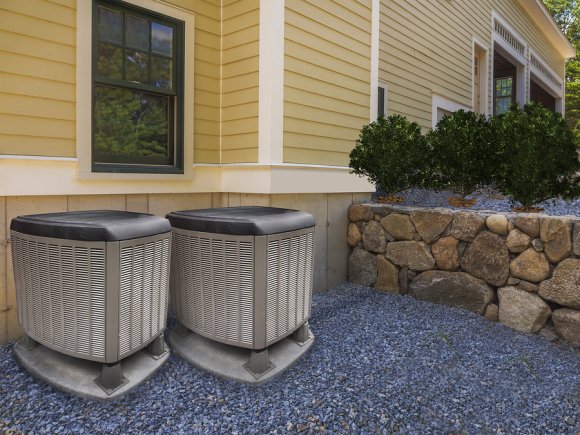
““
-
When to Replace Your Furnace?
Have your energy bills increased and you can’t figure out why? If so, then it may be time to look for a replacement furnace in Seattle. Just like heat pumps and air conditioners, furnaces lose their efficiency as they near the end of their lifespan. Watch this video to learn more about furnace service and when to replace your furnace .
Another sign that you may need a new unit is if you’re frequently scheduling furnace repair appointments. A furnace repair that breaks down regularly despite expert maintenance services could be on its last legs. Also, if you’re often adjusting your thermostat or if your home never gets as warm as you would like, then it’s probably time to start looking for a new furnace.
““
-
Taking Good Care of Your Air Conditioner
For many people, having a well-functioning AC unit is essential for staying comfortable during the summer months. If you want to get a long life and the maximum efficiency from the air conditioning unit in your Seattle home, regular upkeep is a must. Here, you’ll find several tips to help you keep your air conditioner in good shape:
Pay attention to the filter.
 Your AC’s filter plays an important role in improving your indoor air quality and helping the unit run efficiently. The air filter is housed at the air intake and is responsible for trapping particles from the air as they’re drawn into the air conditioner. By trapping these airborne particles, the filter ensures that there will be less of them floating around your home and settling on your furniture. Air filters can be either reusable, which require cleaning, or disposable, which should regularly be replaced. You should clean or replace your filter at least once per month for optimum efficiency and to help keep your indoor air clean.
Your AC’s filter plays an important role in improving your indoor air quality and helping the unit run efficiently. The air filter is housed at the air intake and is responsible for trapping particles from the air as they’re drawn into the air conditioner. By trapping these airborne particles, the filter ensures that there will be less of them floating around your home and settling on your furniture. Air filters can be either reusable, which require cleaning, or disposable, which should regularly be replaced. You should clean or replace your filter at least once per month for optimum efficiency and to help keep your indoor air clean.Clean the area around your air conditioner.
Minimizing the amount of debris around your air conditioner can help it run better and require less frequent cleanings. Regularly remove fallen leaves and similar items that accumulate near the condenser unit, and trim back any foliage that may be hindering air flow.
Schedule regular maintenance.
When it comes to repairs and more in-depth maintenance, it’s a good idea to hire a professional. When you schedule a tune-up appointment with an HVAC technician, he will perform several steps to help keep your air conditioner working well. He should ensure that the unit has sufficient refrigerant and test for leaks, measure how much air is flowing through the evaporator coil, and check the duct system for holes. You can also expect him to make sure that the thermostat is functioning properly, inspect electrical terminals, and tighten and clean connections. You should schedule professional air conditioner maintenance at least once per year to take good care of your unit.
““
-
How Do Heat Pumps Work?
For many people, the first thing that comes to mind when they need to lower the temperature in their home is to turn on the AC. Many households use air conditioners to stay cool during the summer, but heat pumps near Seattle can provide the same effect while using less energy.
Heat pumps are energy-efficient heating and cooling units.
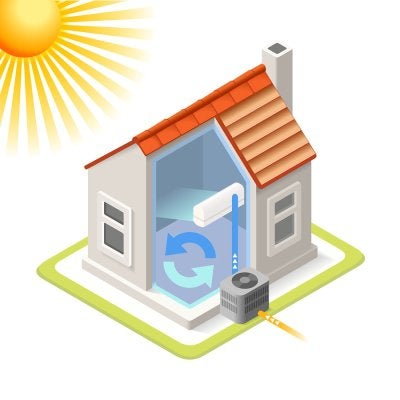 Because of their name, the average person wouldn’t expect a heat pump to have anything to do with cooling. These units can have the dual purpose of heating your home in the winter, and keeping it cool during the summer. Heat pumps are units that use a small amount of energy to move heat to a different location. These devices are ideal for use in climates that enjoy moderate temperatures without hot or cold extremes. When installed in less temperate zones, supplemental heating or air conditioning may be necessary.
Because of their name, the average person wouldn’t expect a heat pump to have anything to do with cooling. These units can have the dual purpose of heating your home in the winter, and keeping it cool during the summer. Heat pumps are units that use a small amount of energy to move heat to a different location. These devices are ideal for use in climates that enjoy moderate temperatures without hot or cold extremes. When installed in less temperate zones, supplemental heating or air conditioning may be necessary.Heat pumps rely on heat transfer to warm or cool your home.
A heat pump’s purpose is to pull heat from the air or the ground, and then move it to another location. These units use mechanical-compression style refrigeration and typically consist of two components. The indoor part, which is called the air handler, contains the blower, which moves air into your home. The outside section, which is the heat pump, resembles an air conditioning unit and is responsible for heat transfer. Heat pumps come in a variety of styles, but their basic principle for operation is heat transfer. In the case of cooling your home, the machine works by pulling warmth from inside the home and moving it outside.
Heat pumps may offer you several advantages.
Heat pumps are single unit devices that are used for both heating and cooling, often making them more convenient to install than an HVAC system. Also, because they run on electricity and do not require fuel to heat or cool a space, they are energy-efficient and can save you significantly energy costs.
““
RECENT POSTS
categories
- Uncategorized
- Air Conditioner
- Fireplace Inserts
- Fireplace Insert Installation
- Air Conditioning Installations
- Air Conditioning Units
- Air Conditioner Maintenance
- HVAC Professionals
- Heat Pump Installation
- Heating and Cooling
- HVAC Unit
- Heat Pumps
- Furnace
- Furnace Service
- Tankless Water Heaters
- Water Heaters
- Energy Efficiency
- HVAC Contractors
- Olson Energy Service
- Mini-Split Systems
- Ductless Air Conditioner
- Residential Services
- Seasonal Boiler Maintenance
- HVAC Maintainance
